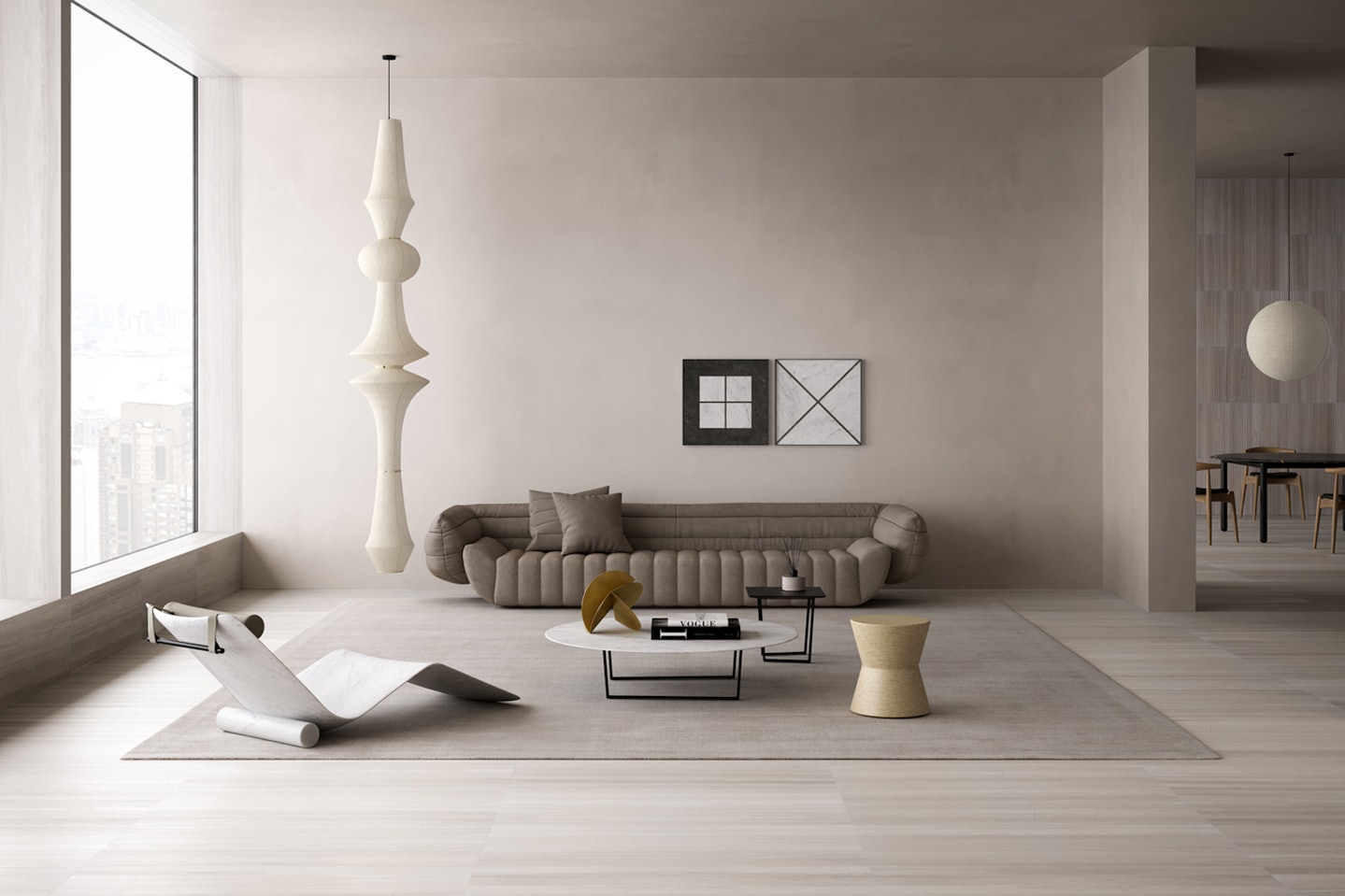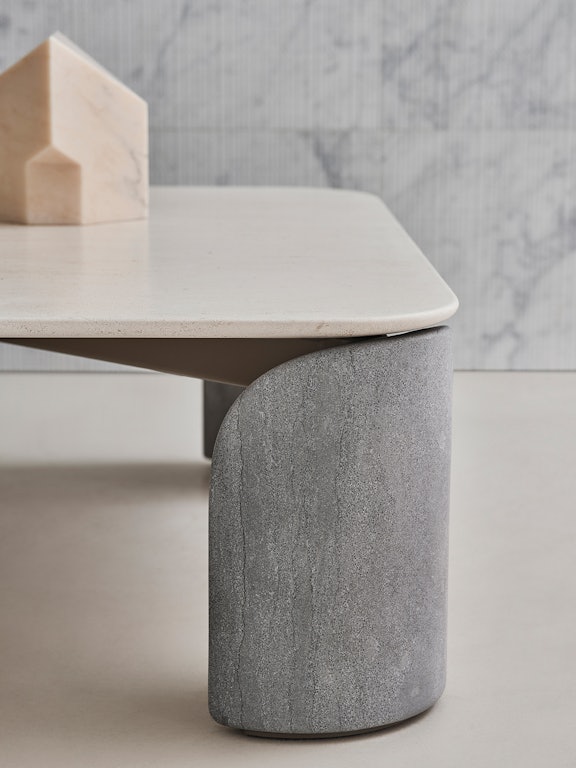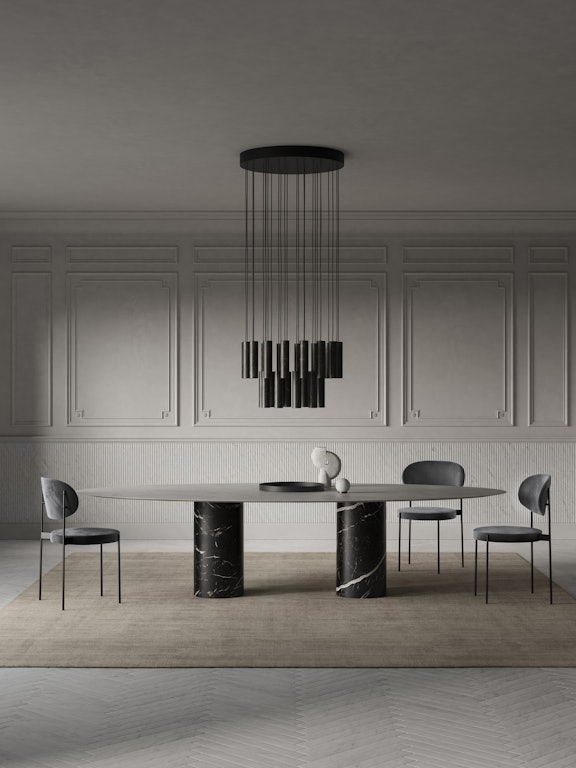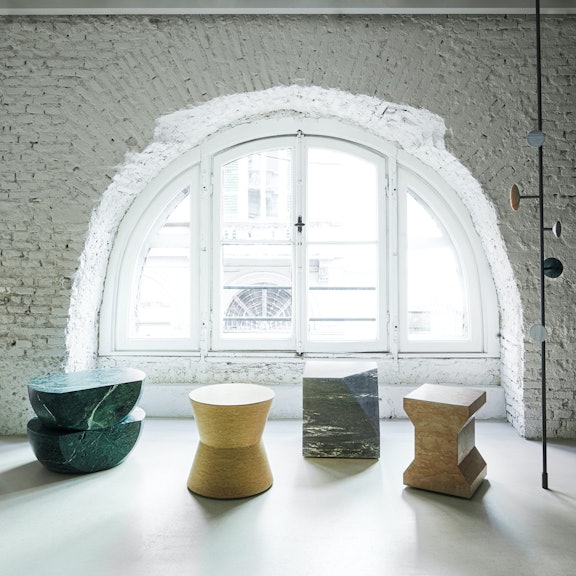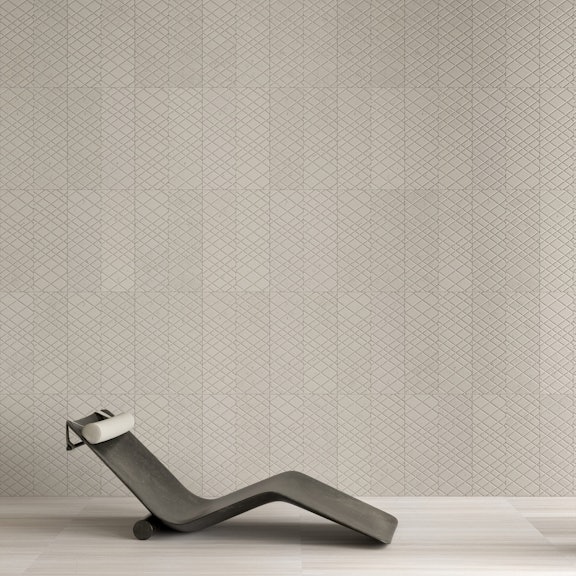The 4 key aspects to consider when choosing designer seating
04.2022
The world of designer seating is vast and inspiring. Discover how to decide on the perfect solution for your home in 4 simple steps
4 simple factors to help you choose the perfect designer chair
How do you even begin to choose a designer chair, stool or sofa? There are so many different types to choose from that it can be a daunting task to decide upon the one that best meets your particular needs. Fear not because we have put together a simple 4-step guide to help you choose the designer chair that is both functional and reflects your personal style and taste. Before we launch into those 4 steps, we thought it worth including a quick look at how this item of furniture has evolved over the years and why it is so important to exercise some prudence when deciding on your choice.
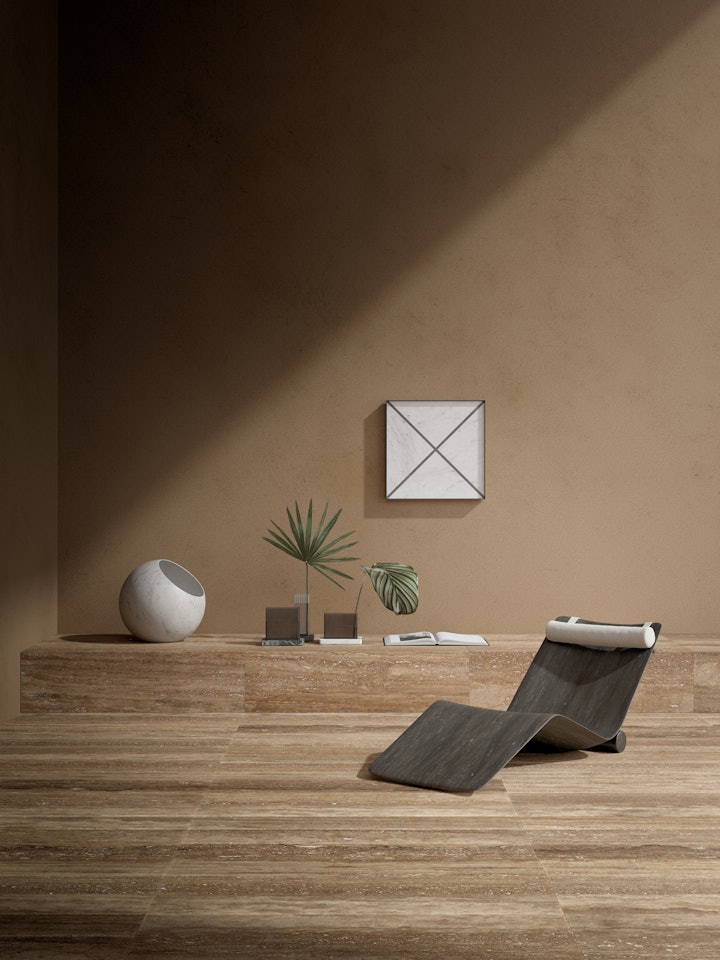
The evolution of seating’s role in interior design
Designer chairs or, to be more accurate, seating in general, have become a bit of a cult in recent years. That’s not to say that previously they were irrelevant but it is definitely fair to say that in modern times they have assumed a certain importance. We could go back to the Industrial Revolution to pinpoint the period when models began to evolve and change in line with new lifestyles, new technologies and aesthetic tastes and that pattern has continued ever since. Perhaps the latest passage has been the changes that the pandemic brought about as interior design requirements and trends had to strike a balance with an increase in working from home.
The trend in recent years has seen the revival of older styles in new colour palettes, with particular emphasis on upholstery and finishes. Another change is in how we choose our seating, in terms of its role in the hierarchy of furniture. Previously it tended to happen that we chose our seats to match or complement the dining table, but today the choice of seating is based upon creating a certain contrast with other décor elements.
That is not to say that you should completely disregard any thought of matching seating with the furnishings it will be placed among, but you can be a little more relaxed about this aspect these days. You could say that there is a considerable margin of freedom, but this also makes the choice even more difficult.
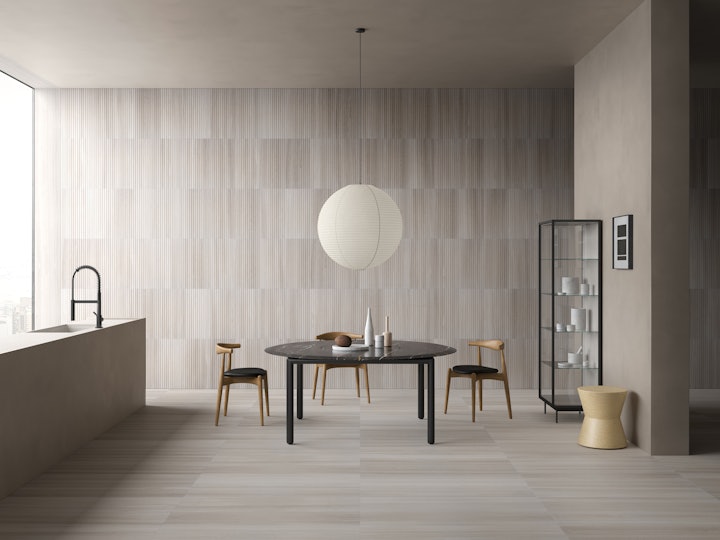
Why choosing the ideal chair requires time and attention
As explained above, the parameters of interior design have evolved and while once upon a time seats were chosen based on how well they went with a table, that is most definitely no longer the case. Tables and chairs are now sold separately and this change also modified perceptions and frames of reference, leading to an explosion in the designer seating market.
This increase in choice that we have seen over the past few decades makes choosing seating for our homes a veritable minefield. It is all too easy to set your heart upon a chair, only to get it home and realise you’ve made a huge mistake once you see it in its new context. To ensure you avoid such an error or being overwhelmed by the myriad of colours, materials and styles of chairs available, there are a few simple guidelines to follow. Let’s take a look at them now.
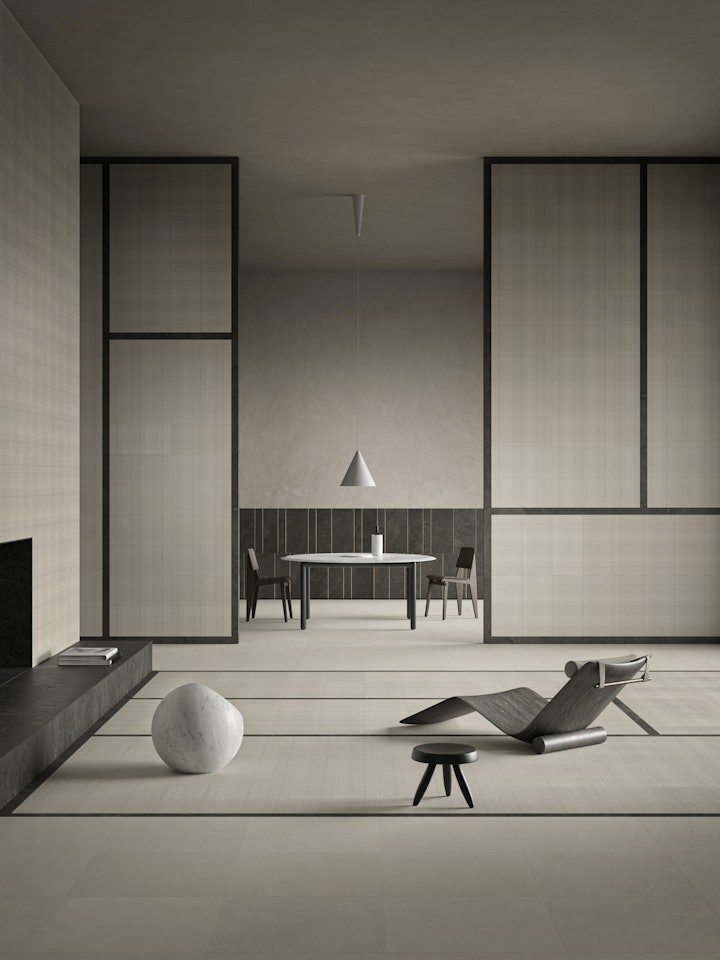
4 steps to help choose the perfect designer chair
There are 4 key factors to consider when choosing a designer chair that is not only gorgeous to look at, but also functional. Before getting to those, however, it goes without saying that whatever item you decide upon must be compatible with the environment it will live in. This is the foundation of your choice. In other words, when choosing designer chairs, the starting point is location. Where will they go? The dining room? Living room? Or maybe in a study? Each of these spaces calls for a different approach, but the 4 guidelines are valid for each. Once you have identified the location, here are those 4 factors:
• comfort: this factor is essential in choosing seating for the living room, kitchen and study, ie those areas of the home where it will be used most frequently.
• form: whether you opt for classic design icons or more modern models, your own personal taste and the style of your home come into play here. You can also let your imagination run free and choose something particularly avantgarde if you plan to place some sort of seating in the bathroom as this where it will really help define the style and décor.
• materials: the world is your oyster when it comes to materials, as designers have experimented widely, offering an incredible range, including wood, metal and fabric. More recently, with the push towards sustainability, interesting recyclable alternatives have been developed.
• colours: from classic muted palettes to the latest fashionable hues, there are solutions for all tastes and colour schemes, offering plenty of scope to create striking contrasts or more muted, harmonious décors.
.jpg?fp-x=0.5&fp-y=0.5&auto=format&w=720&h=960&fm=jpeg&q=70&fit=crop)
3 Salvatori examples of Made in Italy designer seating
For many years we have experimented with seating solutions, searching for interesting and innovative expressions of this key item of furniture. We put the spotlight on Girella, Curl and Ikona, a trio of perhaps the most intriguing and original examples.
Designed by Ron Gilad, the Girella bench defies our sense of logic. Carved from a single block of pure Bianco Carrara marble, its spiral-like form transforms cold, hard stone into an incredibly sinuous piece of sculpture-cum-furniture that challenges our perceptions.
Piero Lissoni’s Curl chaise longue is another example of natural stone’s incredible versatility. Cutting-edge CAD and CAM technology combines with artisan skill to push the material to its limits, stripping away all excess stone in a contemporary echo of Michelangelo’s approach over five centuries ago.
Rounding out our selection is Ikona, a stool-come-side table designed by Elisa Ossino. Available in four unconventional but striking shapes and colours, it comes with castors that allow it to be easily be moved around the home. Suitable for both indoors and outdoors, it injects a quirky touch of elegance into any décor.
As we have seen, seating is a fundamental element of any interior design and choosing the right piece requires careful consideration of 4 key aspects. If you have your eye on a particular piece but would like to know more about it might work in the space you have in mind, please feel free to get in touch and talk to one of our design experts.
